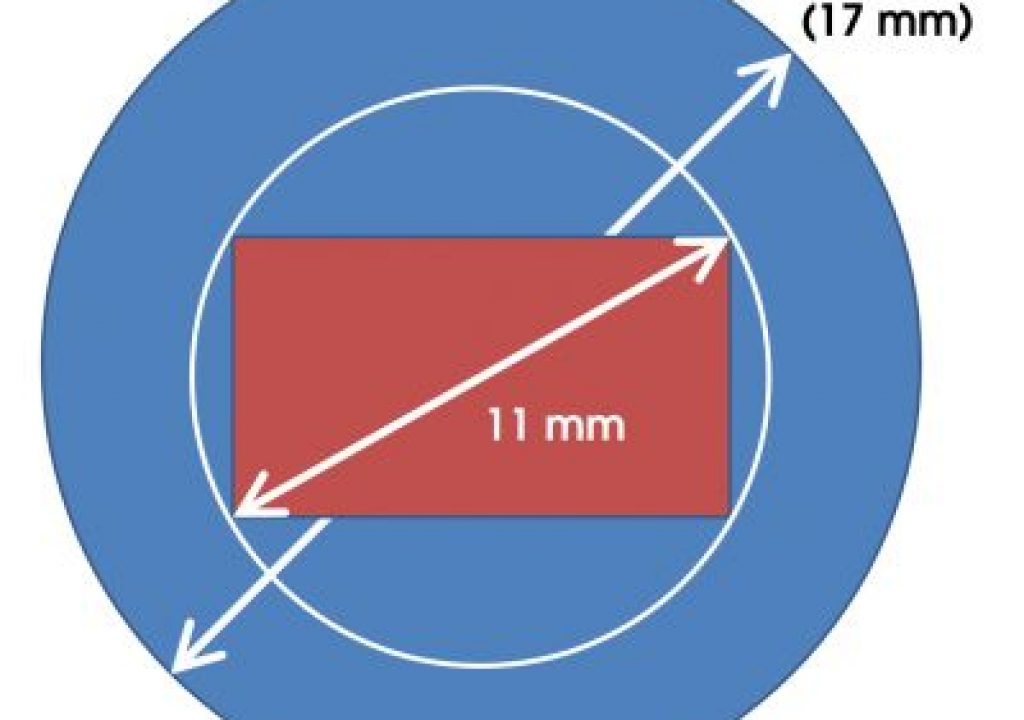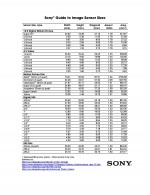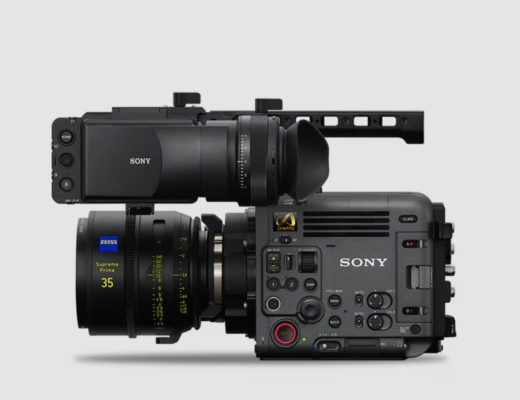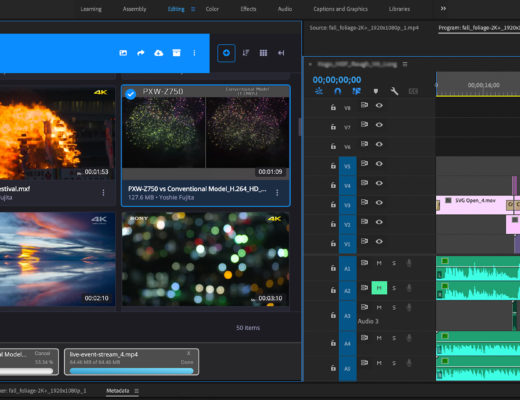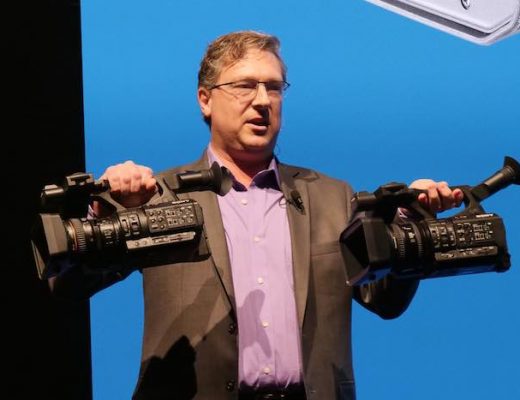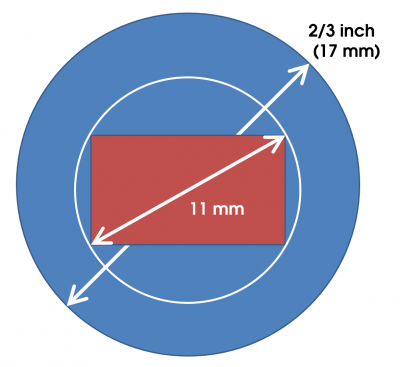
Why is the image circle of a 2/3-inch type image sensor so much smaller than 2/3 inches?
Exactly what in a two-thirds inch sensor measures two thirds of an inch? What does a two-thirds inch 4:3 sensor have in common with a two thirds inch 16:9 sensor? And how big is a 35mm frame? As today’s directors of photography move among different image sensor formats, these questions are becoming more important. But the answers are somewhat elusive and potentially confusing. That’s why Sony has created a handy, one-page Guide to Image Sensor Sizes, which you can download here.
Click on the thumbnail to download a PDF of The Sony Guide to Sensor Sizes.
Sensor size ranks with lens choice among the parameters that have the greatest influence on your images. Sensor size can enable-or constrain-your ability to resolve fine detail, to throw a background out of focus or to shoot wide angle. Sensor size also determines the angle of view that you’ll get with a lens of a given focal length. While a 50mm lens represents a “normal” angle of view in the context of a 35mm still camera, it becomes a long telephoto in the context of a 1/3 inch digital sensor. For all these reasons, it’s useful to keep the sizes straight.
Let’s take the opening questions one by one.
Exactly what in a two-thirds type inch sensor measures two thirds of an inch? Nothing. The inch “types” date from the days of tube television cameras and refer to the outside diameter of the tube. The net target size was always substantially smaller. In today’s age of solid state image sensors, we’re left with sensor types far larger than the physical sensors they describe.
What does a two-thirds inch 4:3 sensor have in common with a two thirds inch 16:9 sensor? They have the same image circle. In terms of the sensor dimensions, they share the same diagonal, 11 millimeters. As shown in the illustration, that’s substantially short of two thirds inch (about 17 mm).
How big is a 35mm frame? It depends. The 35mm still image is 50% bigger than an Academy Aperture 35mm motion picture image. And motion pictures have used lots of 35mm variants including Super 35 and even VistaVision®.
It was to sort through all these areas of potential confusion that Sony created the Guide. And we’re not the only ones trying to shed light. Vincent Bockaert has a terrific explanation of digital still camera sensor sizes at dpreview.com. At Sony reseller Abel Cine Tech, the estimable Mitch Gross explains that not all digital 35mm image sensors are the same size, and backs up the explanation with a lovely comparison chart. Not to be outdone, Andy Shipsides, also of Abel Cine Tech created a sweet field of view comparator. This online widget enables you to compare fields of view for pairs of sensors that you select at focal lengths that you select. It also generates the focal lengths for matching fields of view with the two sensor sizes.
With these explanations, sensor sizes make more sense.

Filmtools
Filmmakers go-to destination for pre-production, production & post production equipment!
Shop Now